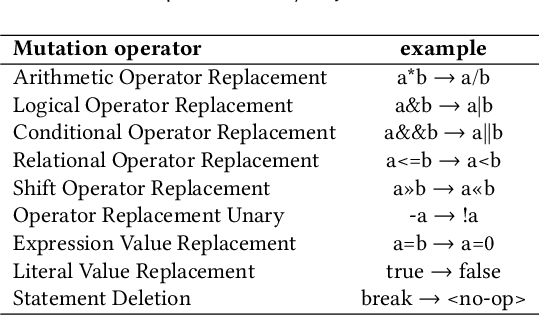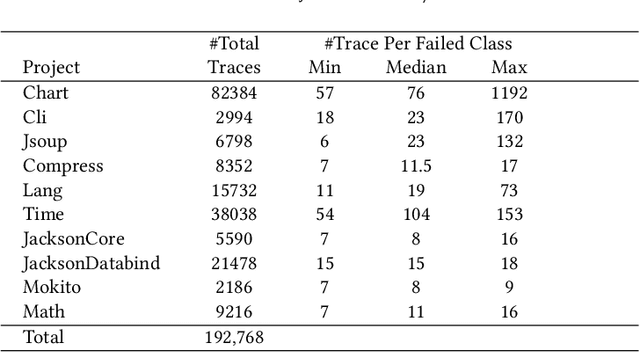Soheila Zangeneh
Test2Vec: An Execution Trace Embedding for Test Case Prioritization
Jun 28, 2022



Abstract:Most automated software testing tasks can benefit from the abstract representation of test cases. Traditionally, this is done by encoding test cases based on their code coverage. Specification-level criteria can replace code coverage to better represent test cases' behavior, but they are often not cost-effective. In this paper, we hypothesize that execution traces of the test cases can be a good alternative to abstract their behavior for automated testing tasks. We propose a novel embedding approach, Test2Vec, that maps test execution traces to a latent space. We evaluate this representation in the test case prioritization (TP) task. Our default TP method is based on the similarity of the embedded vectors to historical failing test vectors. We also study an alternative based on the diversity of test vectors. Finally, we propose a method to decide which TP to choose, for a given test suite. The experiment is based on several real and seeded faults with over a million execution traces. Results show that our proposed TP improves best alternatives by 41.80% in terms of the median normalized rank of the first failing test case (FFR). It outperforms traditional code coverage-based approaches by 25.05% and 59.25% in terms of median APFD and median normalized FFR.
 Add to Chrome
Add to Chrome Add to Firefox
Add to Firefox Add to Edge
Add to Edge